Perched Water Table In Container
8 years ago
Featured Answer
Sort by:Oldest
Comments (10)
- 8 years agolast modified: 8 years ago
- 8 years ago
Related Professionals
Lakewood Landscape Architects & Landscape Designers · West Chester Landscape Architects & Landscape Designers · Peabody Landscape Contractors · Brunswick Landscape Contractors · East Haven Landscape Contractors · Hilo Landscape Contractors · Kailua Landscape Contractors · Milton Landscape Contractors · Selden Landscape Contractors · Setauket-East Setauket Landscape Contractors · Troutdale General Contractors · Jericho Stone, Pavers & Concrete · Boise Decks, Patios & Outdoor Enclosures · Lake Morton-Berrydale Decks, Patios & Outdoor Enclosures · Rantoul Decks, Patios & Outdoor Enclosures- 8 years agolast modified: 8 years ago
- 8 years agolast modified: 8 years ago
- 8 years agolast modified: 8 years ago
- 8 years ago
- 8 years ago
- 4 years ago
- 4 years ago
Related Stories
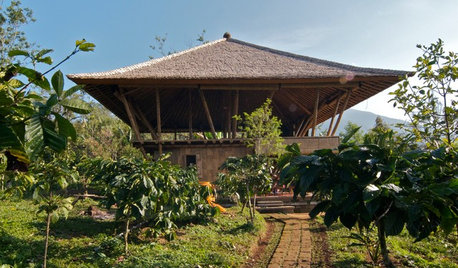
ARCHITECTURE15 Intriguing Homes Perched Above the Earth
Set on stilts, propped on pilotis or cantilevered into the air, these residences rise to the occasion
Full Story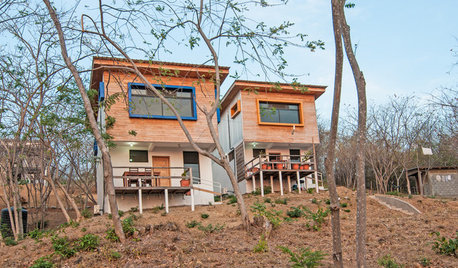
HOUZZ TOURSMy Houzz: Tropical Modern Casitas Perch in the Nicaraguan Hills
Efficient and tranquil, two small units on a sprawling compound have panoramic views and earth-friendly features
Full Story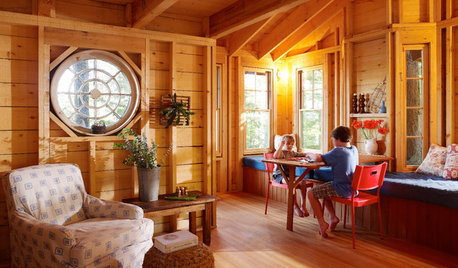
GUESTHOUSESA Hideaway for All Ages Perched Among the Trees in Maine
A modern Adirondack ‘treehouse’ is designed as a place for playing games, reading, sleeping over and enjoying forest views
Full Story
CONTAINER GARDENSContainer Garden Basics: How and When to Water Potted Plants
Confused about soil moisture, the best time to water and what watering device to use? This guide can help
Full Story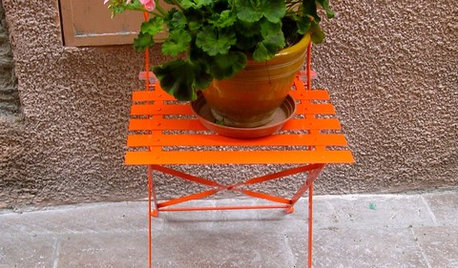
GARDENING AND LANDSCAPINGPotted Plants Perk Up the Streets of Coastal France
Dotting a stairway or perched on a café table, plants in colorful pots and vibrant flowers make a picturesque scene in a town on the coast
Full Story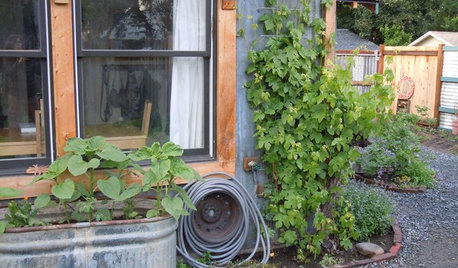
GARDENING GUIDESEdible Gardening Essentials: Tips for Traditional Hand Watering
Save the expense and hassle of a complicated garden system with a simple watering can or inexpensive hose add-ons
Full Story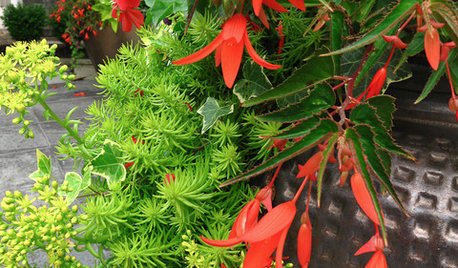
GARDENING GUIDESSuperstar Annuals for Containers and Baskets
High performing, low maintenance and all-around gorgeous, these container plants go the distance while you sit back and relax
Full Story
FARM YOUR YARDHow to Grow Vegetables in Containers
Get glorious vegetables and fruits on your patio with a pro’s guidance — including his personal recipe for potting mix
Full Story
CONTAINER GARDENS3 Steps to Creating Quick, Easy and Colorful Succulent Containers
Take a bright container, add a colorful succulent or two and have a professional, summery design in minutes
Full Story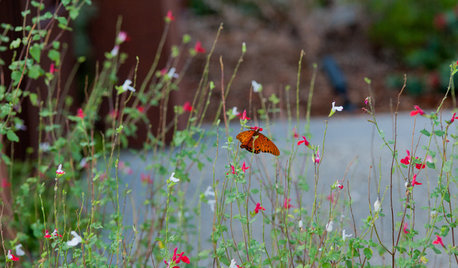
EARTH DAYCreate a Container Wildlife Habitat for Hummingbirds and Butterflies
Don’t let limited space prevent you from welcoming wildlife into your garden
Full Story
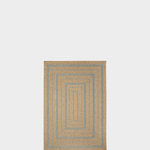
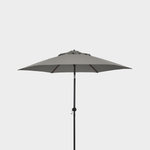
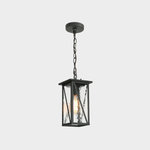
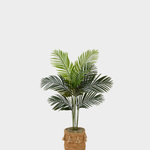


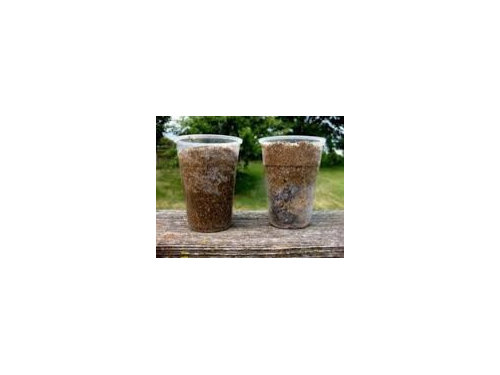
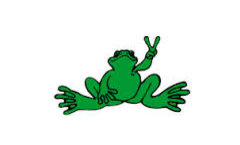

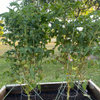
tapla (mid-Michigan, USDA z5b-6a)